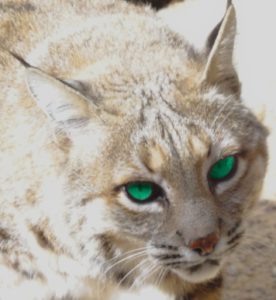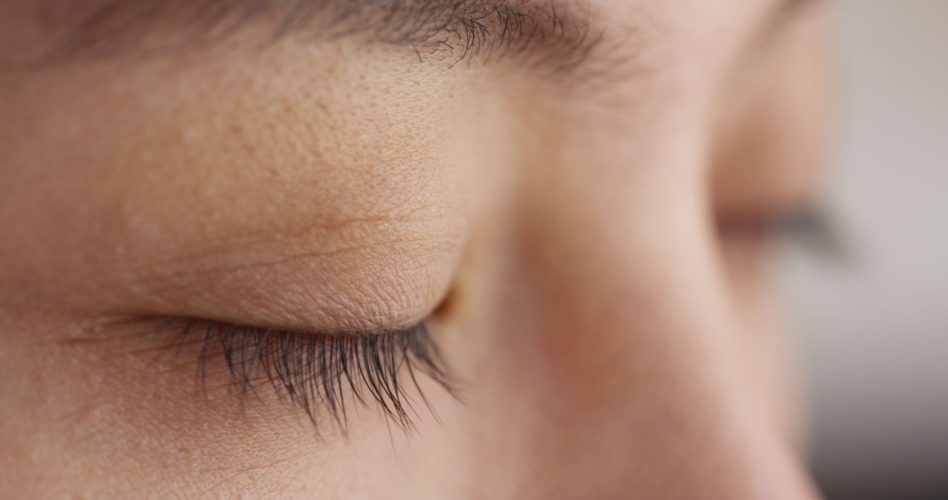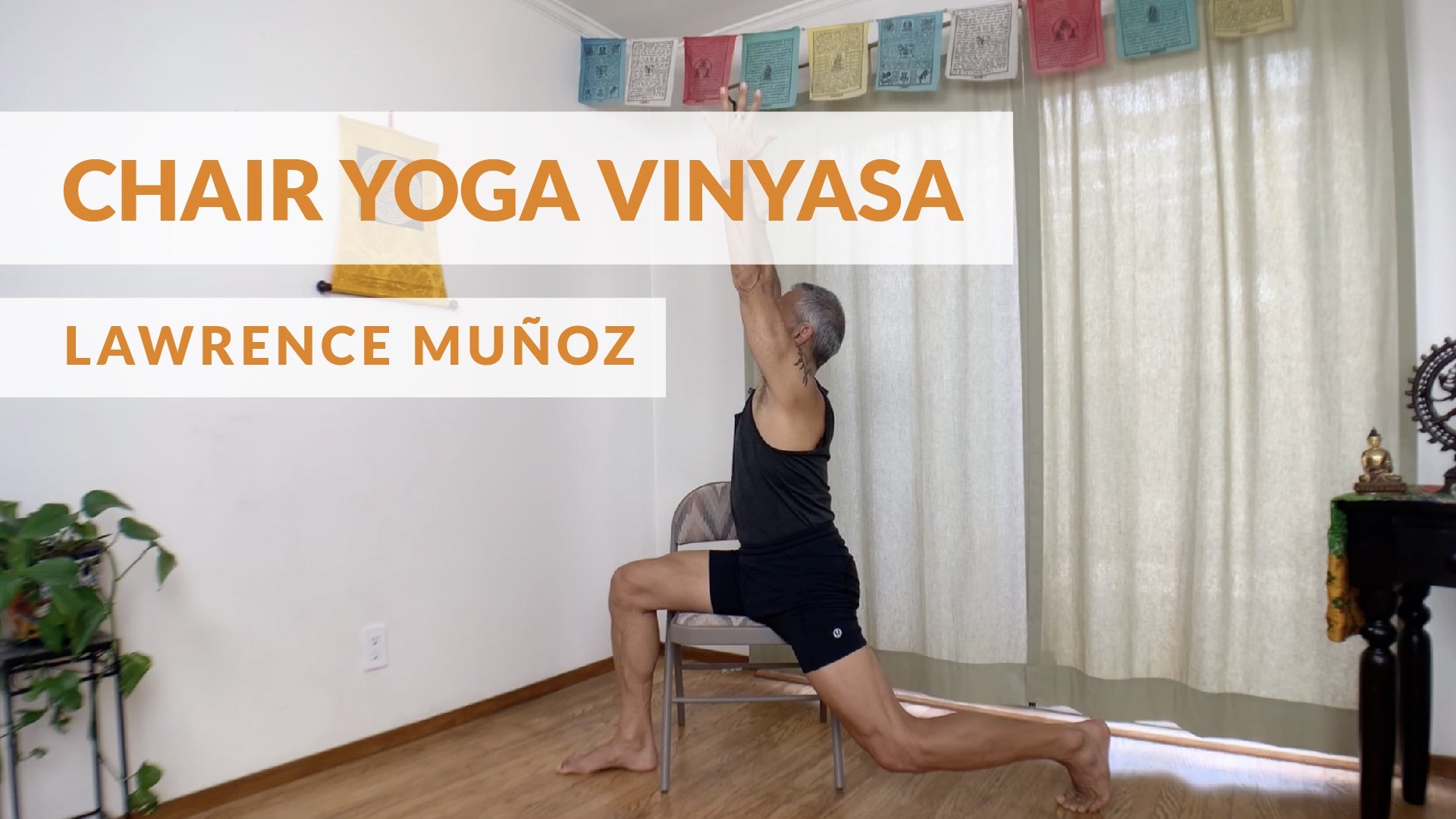Welcome to Mindfulness of Emotions. Each month, we’ll focus on a different emotion, inviting you to join the process of open and honest self-exploration. Emotions come and go; bringing our attention inward allows us to observe, accept, and transform them. Combining the ancient practices with the most recent scientific research, we’ll mindfully seek to separate ourselves from our experiences and thrive, regardless of the circumstances.
Envy is not an easy emotion to face. It can creep in and poison our relationships with family, friends, and peers. In its darkness, it attracts company, disguising and blending well with resentment, self-doubt, insecurity, dissatisfaction, and greed. It’s as ancient as humankind – even Greek gods were not spared of being ravished by it. In addition to humans (and religious deities), animals also experience this emotion. Yet, is it really innate, or is it learned? Do we need to fight it, or can we prevent it? As with all shadow emotions that are difficult to admit, shining light on these difficult feelings can help dissipate them. So, let’s try to drag it out of that hidden dark place, deep inside of us, with honesty and compassion.
Envy stems from the core belief of our own worth, as well as our diminished perception of ourselves. We may feel small and inadequate, and, as a result, we create a distorted reality in which envy gets fed by our fear that others will notice our insignificance. The dictionary describes it as a desire to have a quality, possession, or other things that belong to someone else. It’s often interchangeable with jealousy; however, in his book Jealousy, Peter van Sommers makes the distinction between the two: “Envy concerns what you would like to have but don’t possess, whereas jealousy concerns what you have and do not wish to lose.”
Envy and the Color Green
Although Shakespeare is often credited with coloring the emotions of envy and jealousy in green, long before him, green and pale were how a sick-looking person was perceived. In her work dating back to the seventh century BCE, Greek Poet Sappho passionately described a lover “green with envy” in her poem about jealousy. Considering it’s a result of the body producing too much bile, there is nothing poetic about the green skin-tint explanation. No wonder we don’t go around bragging about our envious feelings!
Yoga and Envy
Yoga and envy shouldn’t go together, yet they often become inconspicuous companions. In life, even outside of the practice room, the tools that we can use to honestly observe ourselves as yoga practitioners become useful envy detectors.
In yoga, the green monster may take the form of self-pushing beyond our abilities (even with a risk of injury) because we want to look as perfect in the pose as the other next to us. As in Peter van Sommers’ definition, we want to have what we don’t possess, and we want to be who we are not. The object of our envy usually bothers us beyond explanation. In the same inexplicable way, we may be annoyed by a neighbor’s expensive lifestyle, painfully suspicious of our friend’s flawless relationship with her partner, or are still upset about our coworker’s promotion five months later, even when we are happy with our own job.
Now, let’s go back to the yoga room. The teacher starts guiding students into a headstand. You might start to feel dread seep in, fear engulfing you. In a few seconds, there will be a bunch of feet in the air, eyes steady, and an appearance of others’ casual comfort standing upside down. Perhaps you have a home practice but feel insecure about doing a difficult pose in the middle of the room next to people who are “so much better.” Your mind might start to spin into the worst-case scenario. The envy of other people’s strength and confidence will spread its gooey sensation like a jellyfish until it starts burning inside. And, in that moment (or after hundreds of other inner burnings), we’ll remember why we are here on the yoga mat. We’ll understand that it has nothing to do with the person next to us; it’s our own journey. It always is, no matter if we are in yoga pants, casual clothes, or fancy attire.

The Beasts Behind the Emotion
We can’t mindfully explore envy without addressing what feeds it. It’s easy for the emotion to take root in our materialistic society. We are measured by wealth, and we tend to measure others the same way. Our culture prides itself as a very competitive one; we constantly compare and compete with one another, which creates a potent soil for envy. And then there is the beast of social media and living on display. There, we develop a split personality: we have a private persona, often consumed by self-doubts which judge and question our own worth, as well as a public one, always prepared to put on a brave face and big smile. This is our wishful image for the “friends” (both known and unknown) we feel the pressure to impress.
Ancient Wisdom as an Antidote to Envy
Once again, Patanjali’s eight-fold path comes handy:
- Ahimsa, the first limb of yoga philosophy, meaning nonviolence. As with any transformation, we begin with ourselves. Realizing the harming power envy unleashes within us is a good start.
- Svadhyaya is self-study. We take this next step to get to the bottom of what triggers our insecurities, lack of confidence, and low self-esteem. Self-acceptance is the key.
- Aparigraha translates to non-possessiveness. It’s the process of mindfully and candidly reflecting on what we are grasping for (most likely because somebody else has it) and finding comfort through gratitude for what we already have.
Another powerful teaching about aparigraha comes from The Bhagavad Gita: “Let your concern be with action alone, and never with the fruits of action.“ Learning to disengage from the outcome is a core ancient approach, which might be difficult for our modern, goal-oriented culture to understand. Yet, when we frankly delve into our emotional triggers, we may notice that we are not concerned with how somebody got what they have – the process itself is never an object of our envy. What we covet usually is the end result. By learning to focus on the journey itself, instead of keeping our eyes on the prize, we take away what’s feeding the green-eyed monster.
- Mudita refers to the mind-state of experiencing pure, selfless, sympathetic joy for others’ happiness and success. It’s the most potent antidote to envy.
Changing Perspective Changes the Outcome
When our focus shifts toward the intrinsic values we and others possess, the green monster seems to evaporate. Have you ever noticed that sometimes it’s easier to deal with somebody’s misfortune than to sincerely feel joy for one’s good fortune? Realizing our own worth rather than bundling it with compassion, we are able to open up to people who need our help – and be genuinely happy for the ones who are successful.
To mindfully change perspective, try cultivating:
- compassion for all beings instead of comparison.
- gratitude for what we have instead of greed.
- joy for others’ good fortune instead of jealousy.
- enthusiasm for people’ success instead of envy.
“By cultivating attitudes of friendliness toward the happy, compassion for the unhappy, delight in the virtuous, and disregard toward the wicked, the mind-stuff retains its undisturbed calmness.”
Patanjali, Yoga Sutra 1.33















